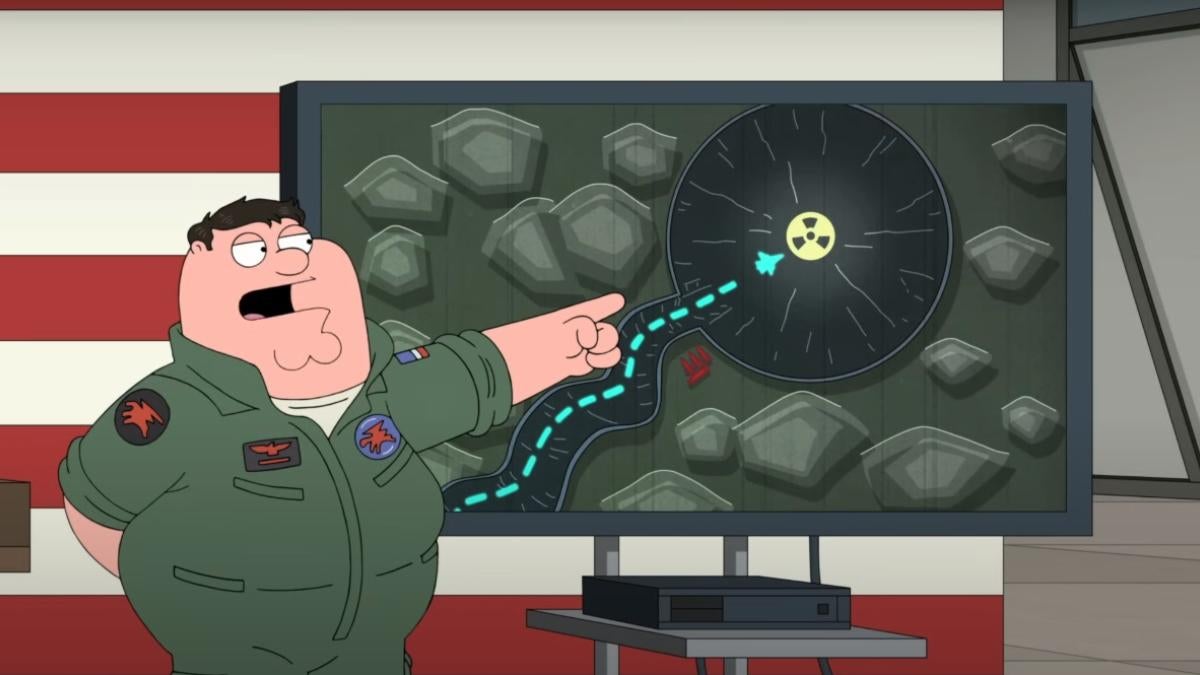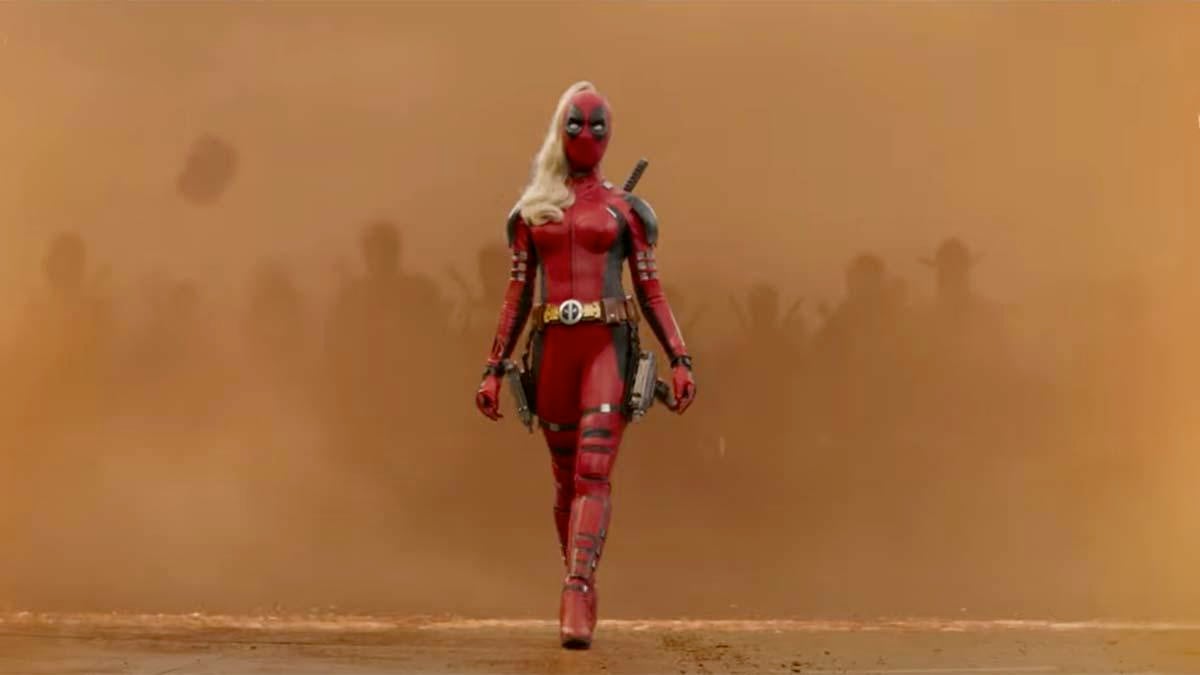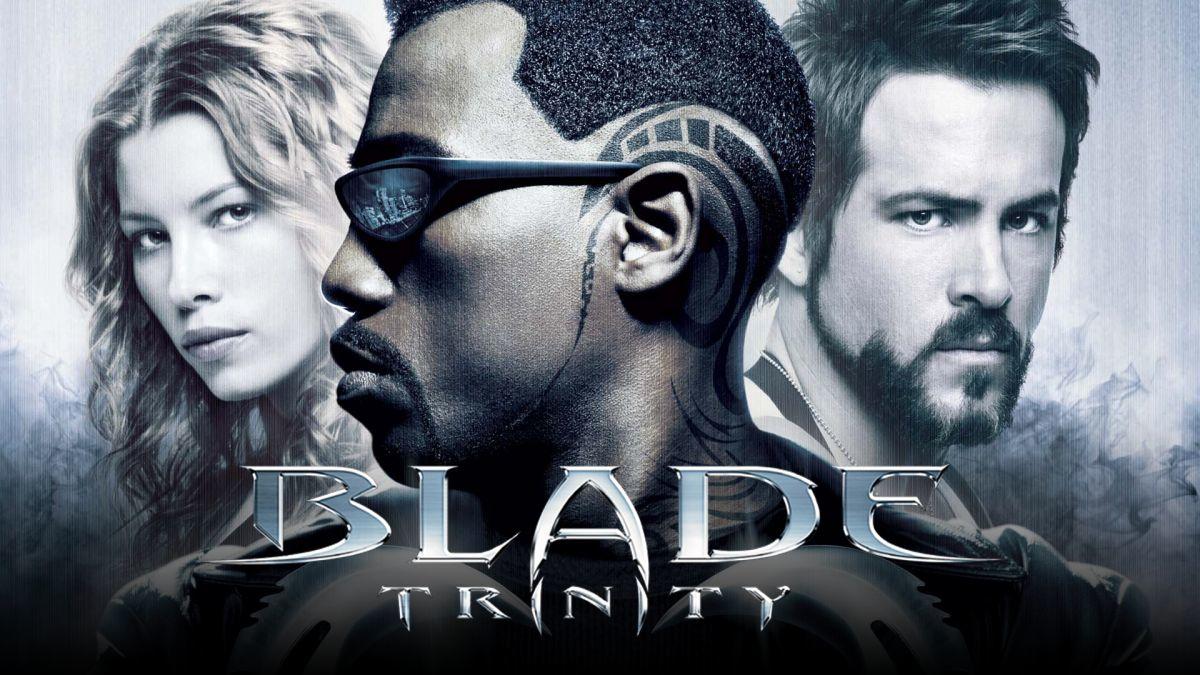'Game of Thrones' "Dragonmaster" Reveals How HBO Brings the Creatures to Life
We’re only a month away from the beginning of the end of Game of Thrones, and while the details [...]
We're only a month away from the beginning of the end of Game of Thrones, and while the details of the final season are being kept tightly under wraps, some fun information about how the show is made is circulating online.
A recent article from CNet reveals how the show's dragons are made, and the process is incredibly interesting. Sven Martin, who has won two Emmys for his work on Game of Thrones, is the series' dragon connoisseur. He works to animate the creatures for Pixomondo, an international effects company.
Apparently, Martin works with a team of 30 to 40 artists, but if you include all of the "castles, wights, ships and other elements," there are a total of about 300 artists working on the HBO series.
Dan Katcher, who also worked on The Hunger Games and The Amazing Spider-Man, was the creature designer who designed the Drogon, Rhaegal, and Viserion.
Unsurprisingly, every scene with a dragon is completely computer-generated.
"No puppets or animatronics were ever used on Game of Thrones," Martin explained.
However, the do occasionally build parts of the dragons, especially when it calls for Daenerys Targaryen (Emilia Clarke) to ride her beloved children.
"Clarke needs a 3D 'dragon' to interact with, so movable platforms or Styrofoam representations of the back of Drogon, the dragon she rides, were built by the production's special-effects crew, Martin said. A movable 'buck,' like a flight simulator, was used for flying scenes. In post-production, Martin's team keeps the footage of Clarke, but replaces those physical dragon substitutes with computer-generated renditions of the dragons," the article explains.
"Making Dany climb up on Drogon's back was actually one of the most challenging tasks, both for design and animation," Martin continues. "He's so big! We didn't want to cheat, so we came up with a combination of using the wing as an elevator and neck spikes as climbing handles. The production team built a special mechanical rig operated in sync with our pre-animation to help (actress) Emilia Clarke step (up) and lift down on set."
They also did their best to make the dragons feel as real and scientific as possible (you know, for mythical creatures).
"What makes the dragons from Game of Thrones so special is that they are not just beasts or monsters, nor are they overacted movie characters," Martin explained. "Their overall treatment as real living animals with just enough expressions to understand their feelings makes the audience to connect with them, similar to the emotional connection with pets."
Martin went on to explain the process of creating the look of the beautiful beasts.
"Following the idea of grounding the dragons in reality, we started to build them from inside out, meaning having a real skeleton structure as the base, muscles with fat and skin on top," he said. "Based on the initial design and the baby (dragon) model from season 1, we altered the design more towards birds, knowing the dragons have to fly in later episodes. Researching bird and bat anatomies led us to increase the chest bone and change wing body proportions."
The research ranged from lizards, snakes, other reptiles, and even a grocery store chicken!
"For the skin color patterns we went even further, picking ideas from frogs or cheetahs," Martin added. "Every detail of the dragons has a counterpart in the animal world."
"How the dragons are used in the story and in scenes feels very natural -- they do live in the world of Westeros," Martin concluded. "I'm personally very proud that we could accompany their growth for such a long time."
Game of Thrones returns to HBO for the eighth and final season on April 14th.




